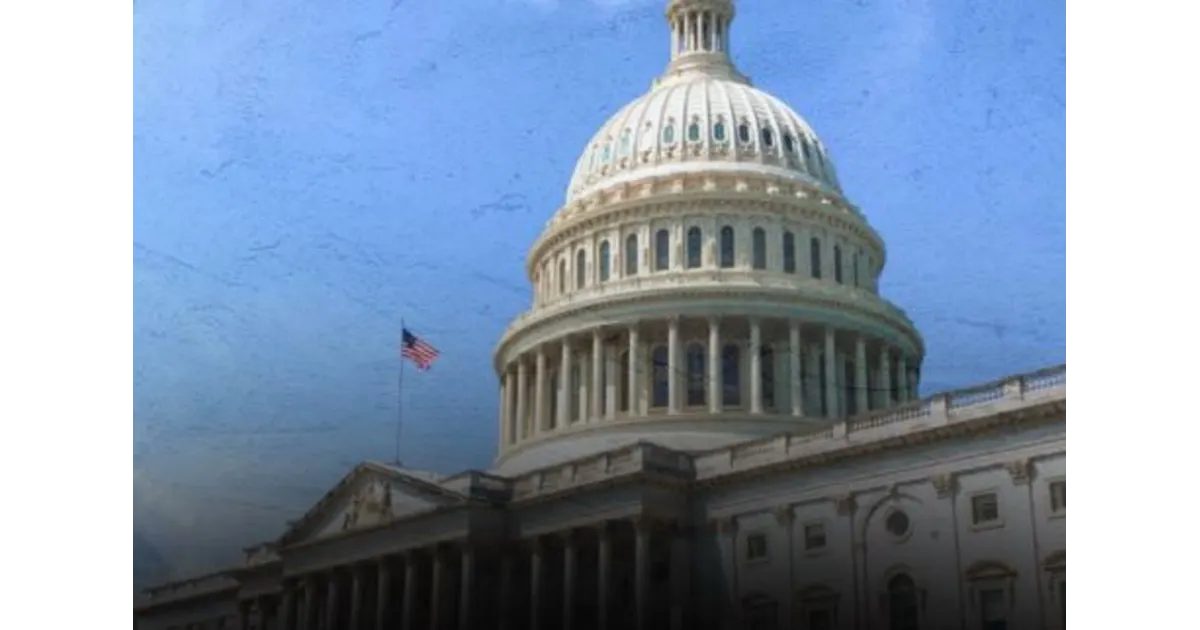
U.S. Government Shuts Down: The United States government has entered a partial shutdown as longstanding partisan gridlock once again halts a federal funding agreement. The standoff, unfolding between the White House and Congress, has triggered what could become one of the most prolonged and costly shutdowns in decades, potentially jeopardizing the livelihoods of thousands of federal employees.
With no resolution in sight, federal agencies have begun closing their doors, leaving critical services in limbo and placing the jobs of over 750,000 government workers on the line—at an estimated cost of $400 million per day.
Key Services Disrupted: From Data Releases to National Defense
The consequences of the shutdown are already being felt across multiple sectors:
- The September employment report, a key economic indicator, will not be released as scheduled.
- Air travel operations may experience significant delays.
- Scientific research initiatives have been placed on hold.
- U.S. troops will go unpaid, despite remaining on duty.
- Federal employees face mass furloughs.
This marks the 15th federal shutdown since 1981, underscoring a growing inability of political leaders to compromise on fiscal policy.
Trump Administration Pushes Hardline Agenda
Radical Restructuring Threatens Jobs
Former President Donald Trump, who is campaigning on promises to dramatically overhaul the federal government, has already signaled intentions to eliminate as many as 300,000 federal jobs by the end of the year. He warned Democrats that the shutdown could pave the way for “irreversible” changes, including permanent budget cuts and agency downsizing.
Trump’s budget director, Russell Vought, echoed these threats, suggesting that the shutdown could lead to long-term layoffs, in line with the administration’s vision for reduced bipartisan spending.
The $1.7 Trillion Dispute: What’s at Stake?
At the heart of the crisis is a funding dispute over $1.7 trillion earmarked for agency operations—roughly a quarter of the U.S. government’s(U.S. Government) $7 trillion budget. The rest covers entitlements like Medicare, Social Security, and interest payments on the nation’s $37.5 trillion debt.
Democrats opposed the Senate’s temporary funding bill due to its exclusion of an extension for healthcare subsidies set to expire at year-end. Republicans, however, maintain that healthcare policy should be handled separately from the broader budget bill.
Economic Impact and Investor Sentiment
The financial world is already reacting with unease:
- Wall Street futures have declined.
- Gold prices reached a record high amid investor uncertainty.
- Asian markets fluctuated.
- The U.S. dollar weakened, nearing a one-week low against major global currencies.
Analysts warn this shutdown could outlast previous ones, especially given the heightened tensions and punitive rhetoric from the Trump camp.
A Glance Back: Record-Breaking Shutdown Under Trump’s First Term
The longest shutdown in U.S. history occurred during Trump’s first term, spanning 35 days between December 2018 and January 2019 over border security funding. This historical context looms large as current events unfold.
Political Reactions: Leaders Draw Battle Lines
Democrats Hold Ground on Healthcare
Senate Democratic Leader Chuck Schumer denounced Republican tactics, claiming they aim to “bully” the opposition without addressing real concerns. Democrats are rallying behind healthcare—a key voter issue—seeking not only to extend subsidies but to ensure Trump cannot later reverse the gains.
With the 2026 midterm elections looming, Democratic lawmakers are under pressure to secure policy victories that energize their base.
Republicans Blame Political Theater
Senate Majority Leader John Thune labeled the proposed stopgap funding measure as a “nonpartisan” effort, accusing Democrats of politicizing a historically routine process. “What’s changed is, President Trump is in the White House. This is about politics, not policy,” Thune stated.
Despite holding majorities in both congressional chambers, Republicans require 60 Senate votes to pass funding legislation—meaning at least seven Democrats must cross party lines.
A Polarized Climate Complicates Negotiations
According to University of Chicago professor Robert Pape, the current state of American politics, marked by extremism on both ends of the spectrum and recent acts of violence—including the assassination of conservative activist Charlie Kirk—has made compromise increasingly elusive.
“Each side would need to defy tens of millions of passionate supporters. The stakes are higher than ever,” said Pape, who specializes in political violence.
Deepfakes and Disinformation Further Muddle the Waters
In an unprecedented move, Trump circulated a deepfake video depicting Senator Schumer criticizing his own party, alongside House Democrat Hakeem Jeffries portrayed with a crudely edited sombrero and mustache.
“This is playground-level behavior,” Schumer retorted. “It reveals how little they care about the real-world harm this shutdown inflicts.”
Conclusion: A Nation in Budgetary Crisis
As the government remains locked in fiscal limbo, both parties are doubling down. The broader implications—for workers, national security, healthcare, and the economy—are profound. Whether this impasse ends in days or stretches into weeks, one thing is certain: America’s political divide has become a national liability.






